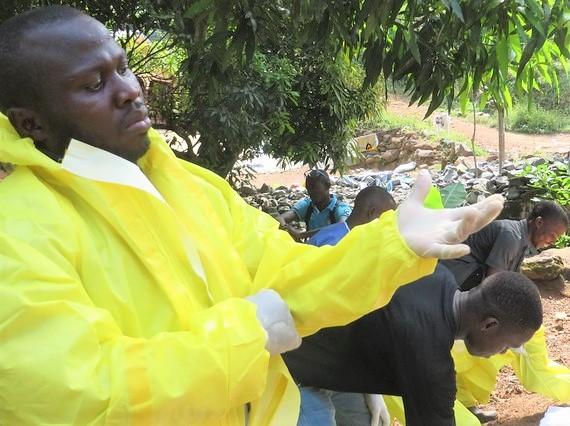Jun 27, 2019
Quantum ghost imaging improved by using five-atom correlations
Posted by Quinn Sena in categories: particle physics, quantum physics
In conventional imaging methods, a beam of photons (or other particles) is reflected off the object to be imaged. After the beam travels to a detector, the information gathered there is used to create a photograph or other type of image. In an alternative imaging technique called “ghost imaging,” the process works a little differently: an image is reconstructed from information that is detected from a beam that never actually interacts with the object.
The key to ghost imaging is to use two or more correlated beams of particles. While one beam interacts with the object, the second beam is detected and used to reconstruct the image, even though the second beam never interacts with the object. The only aspect of the first beam that is detected is the arrival time of each photon on a separate detector. But because the two beams are correlated, the image of the object can be fully reconstructed.
While two beams are usually used in ghost imaging, recent research has demonstrated higher-order correlations—that is, correlations among three, four, or five beams. Higher-order ghost imaging can lead to improvements in image visibility, but it comes with the drawback that higher-order correlated events have a lower probability of detection, which causes lower resolution.


















